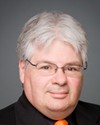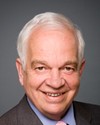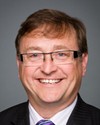I have two responses, if I may.
The first is to clarify that NRCan does not have responsibility for government buildings beyond those that we occupy and/or own. However, we work very closely with PWGSC and others. We have partnerships with DND, with Environment Canada, and others, to try to use the energy expertise that we have to let them apply the same kinds of program improvements to their responsibilities. Our mandate remains within the mandate of the department and its own facilities.
In terms of demonstrating best cases, both internally and externally, to the government, we do, absolutely. As we develop an understanding around the use of a given technology as it reaches market potential, as it reaches the potential to compete with existing forms of energy, etc., we try to make that information available to other energy companies, engineering firms, etc., right across the country.





